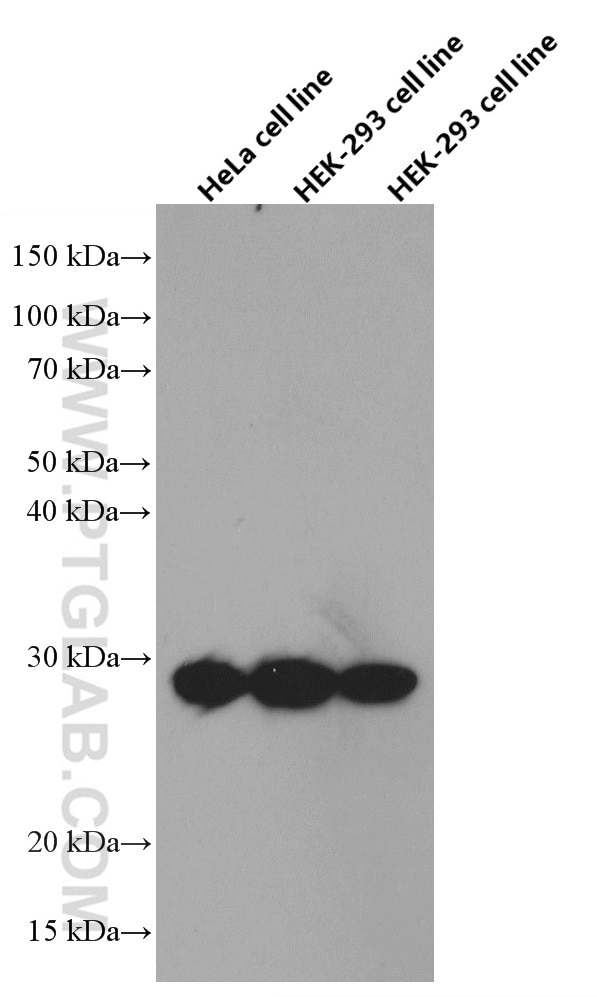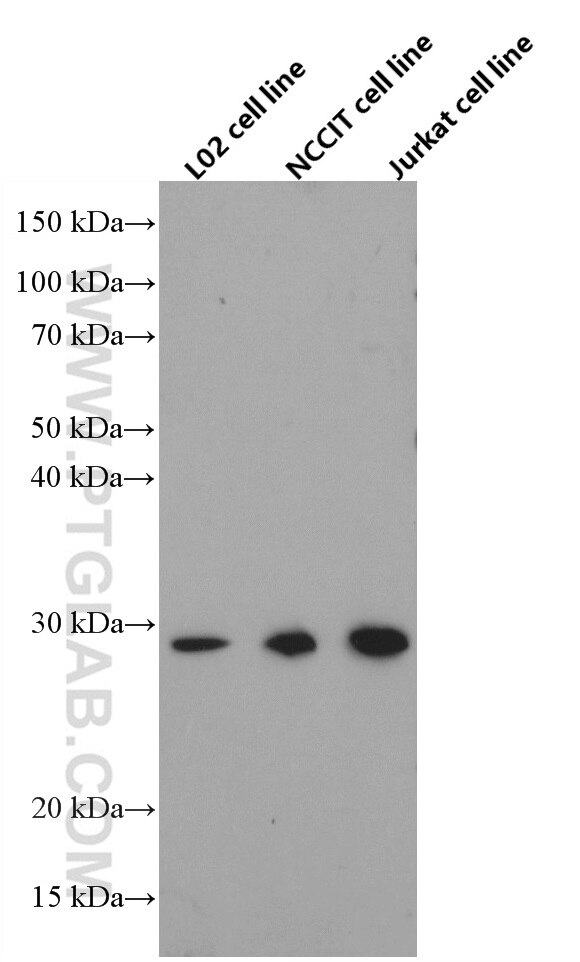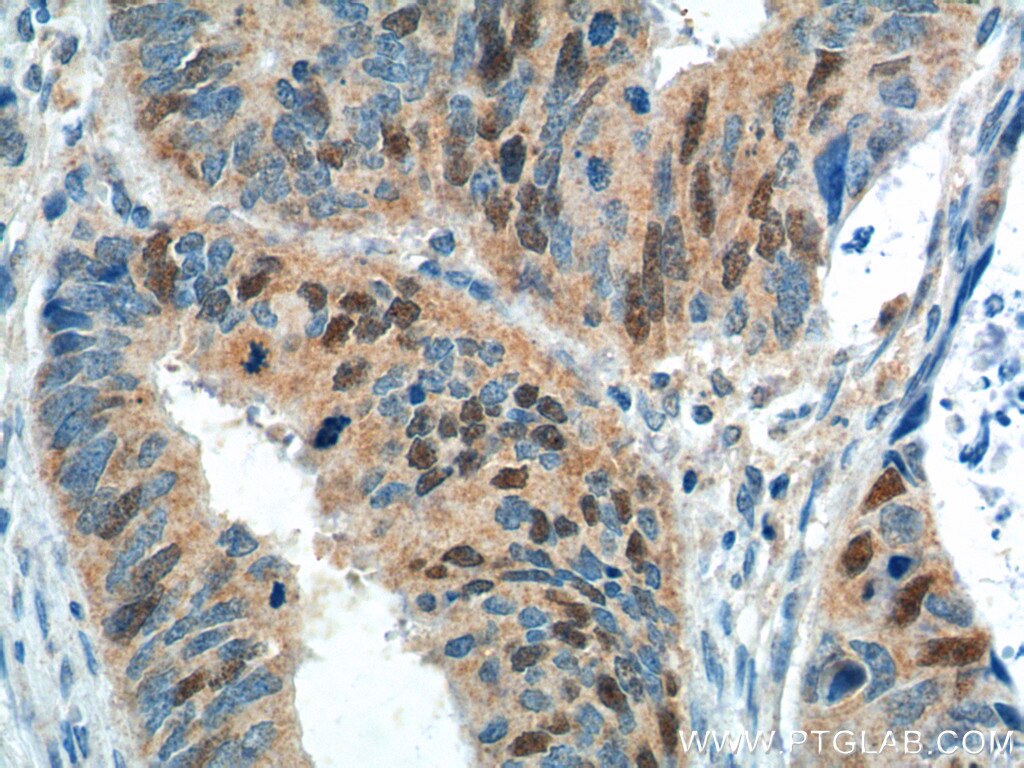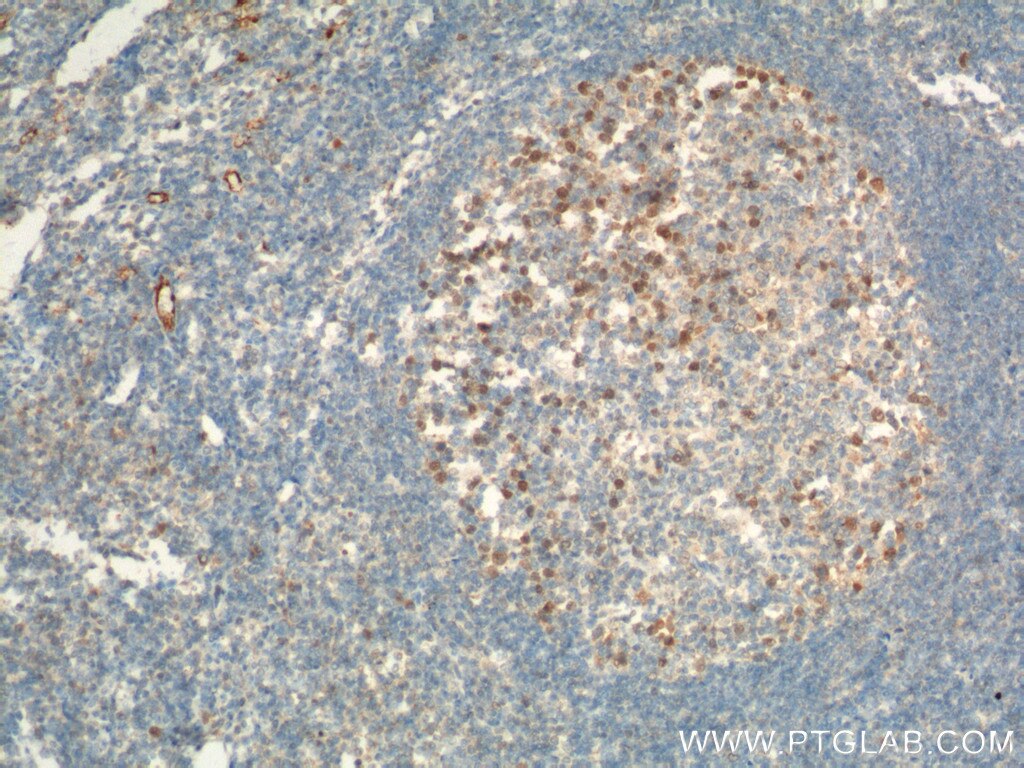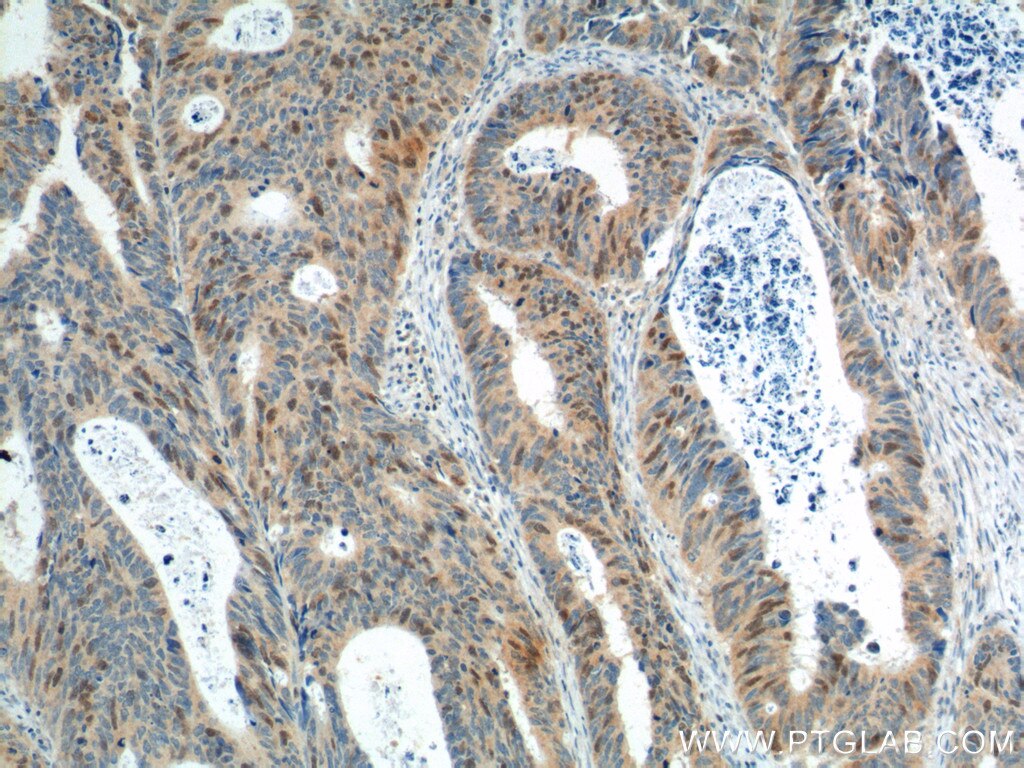Product Information
66566-1-PBS targets Geminin as part of a matched antibody pair:
MP51458-1: 66566-1-PBS capture and 66566-2-PBS detection (validated in Cytometric bead array)
Unconjugated mouse monoclonal antibody pair in PBS only (BSA and azide free) storage buffer at a concentration of 1 mg/mL, ready for conjugation.
This conjugation ready format makes antibodies ideal for use in many applications including: ELISAs, multiplex assays requiring matched pairs, mass cytometry, and multiplex imaging applications.Antibody use should be optimized by the end user for each application and assay.
| Tested Reactivity | human |
| Host / Isotype | Mouse / IgG1 |
| Class | Monoclonal |
| Type | Antibody |
| Immunogen |
CatNo: Ag24283 Product name: Recombinant human GMNN protein Source: e coli.-derived, PET30a Tag: 6*His Domain: 1-209 aa of BC005185 Sequence: MNPSMKQKQEEIKENIKNSSVPRRTLKMIQPSASGSLVGRENELSAGLSKRKHRNDHLTSTTSSPGVIVPESSENKNLGGVTQESFDLMIKENPSSQYWKEVAEKRRKALYEALKENEKLHKEIEQKDNEIARLKKENKELAEVAEHVQYMAELIERLNGEPLDNFESLDNQEFDSEEETVEDSLVEDSEIGTCAEGTVSSSTDAKPCI Predict reactive species |
| Full Name | geminin, DNA replication inhibitor |
| Calculated Molecular Weight | 24 kDa |
| Observed Molecular Weight | 28 kDa |
| GenBank Accession Number | BC005185 |
| Gene Symbol | GMNN |
| Gene ID (NCBI) | 51053 |
| RRID | AB_2881927 |
| Conjugate | Unconjugated |
| Form | Liquid |
| Purification Method | Protein G purification |
| UNIPROT ID | O75496 |
| Storage Buffer | PBS only, pH 7.3. |
| Storage Conditions | Store at -80°C. |
Background Information
GMNN, also designated geminin, contains 212 amino acids and has a destruction box sequence (RRTLKVIQP). GMNN participates in ininhibiting DNA replication by preventing the incorporation of MCM complex into pre-replication complex (pre-RC). It is degraded during the metaphase-anaphase transition of cell cycle's mitotic phase, which permits replication in the succeeding cell cycle. GMNN has a broad sedimentation profile ranging from about 25 kDa to 90 kDa, with a major peak at 30 kDa. Scanning of the signals shows that discrete peaks corresponding to apparent mass of 42.5 kDa and 66 kDa are present. (PMID: 15313623)

